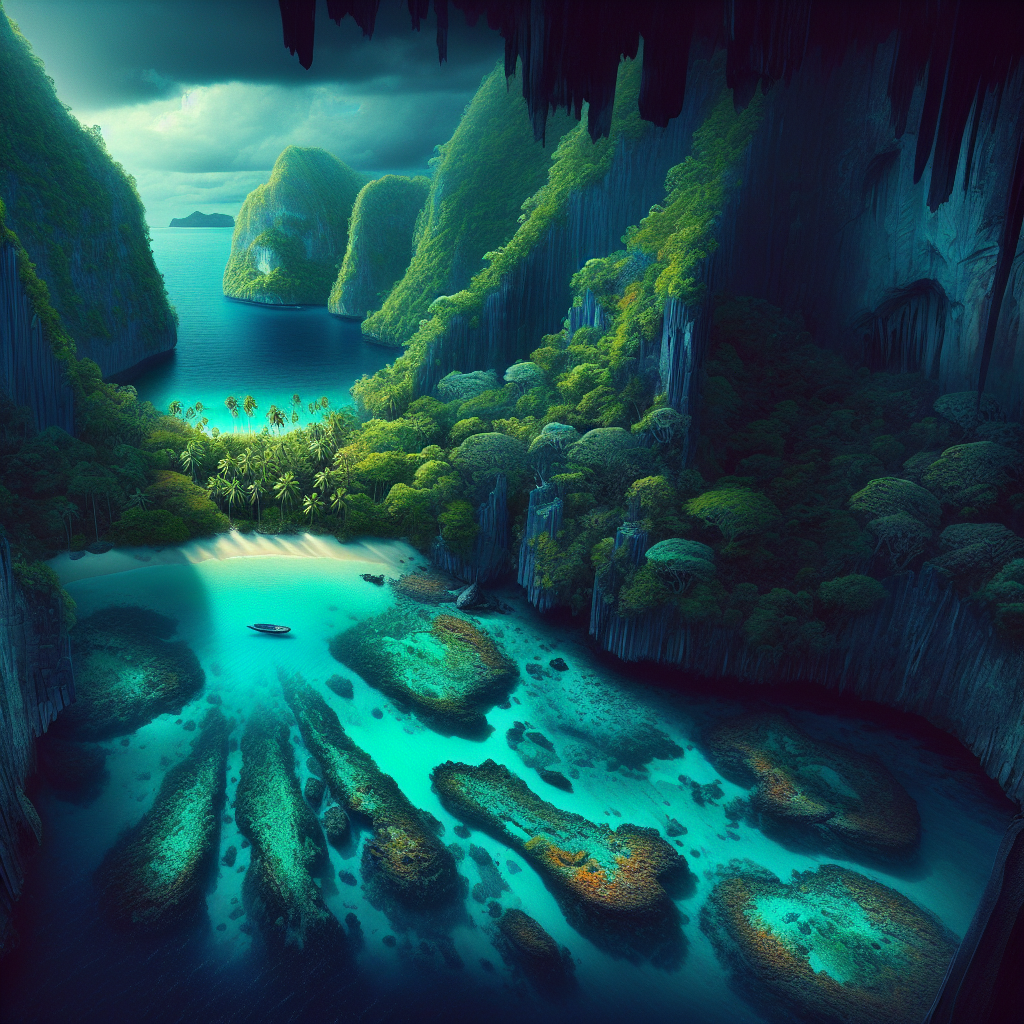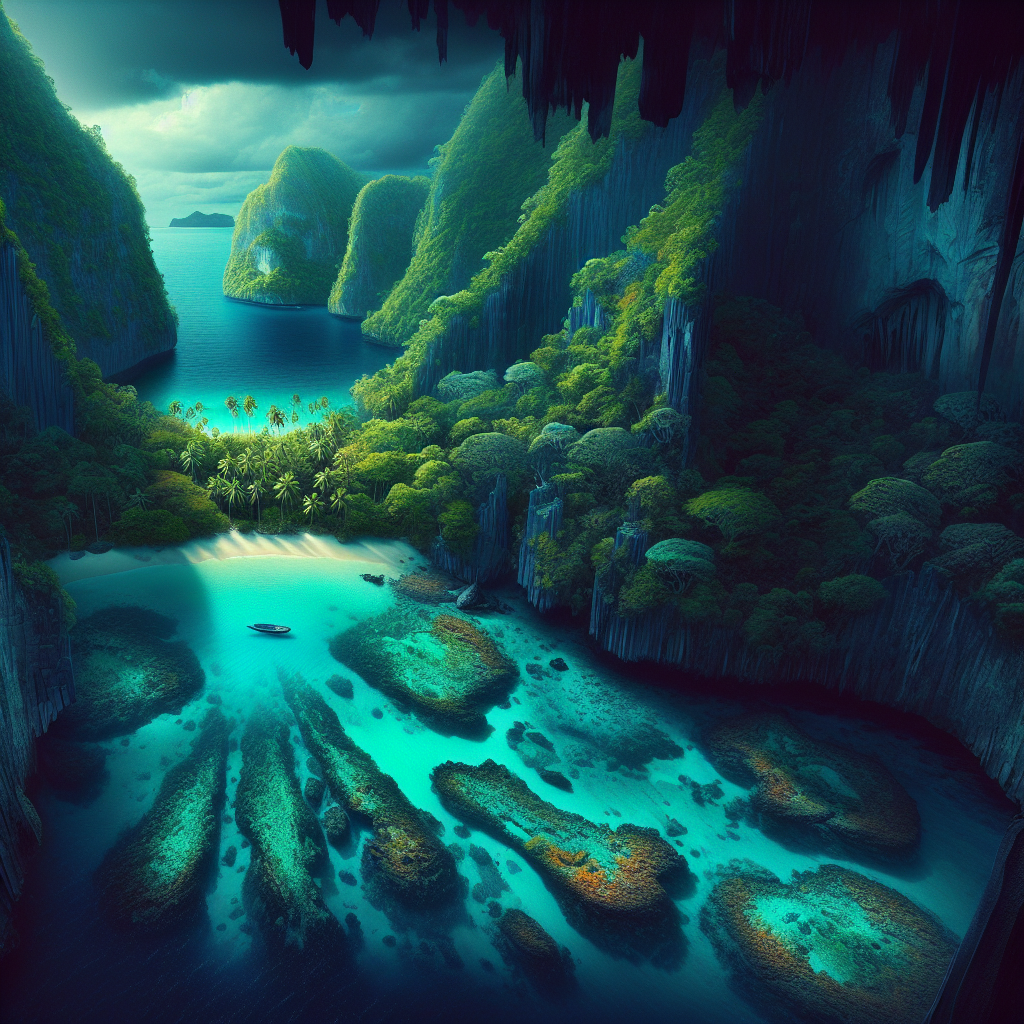Have you ever wondered about the whereabouts of Christmas Island? Well, get ready to be enlightened! This captivating article will reveal the location of this enchanting slice of paradise. From its picturesque shores to its vibrant underwater world, Christmas Island is a hidden gem just waiting to be explored. So, sit back, relax, and let’s embark on a virtual journey to discover the secrets of Christmas Island.
Table of Contents
Geography
Location
Christmas Island is located in the Indian Ocean, approximately 350 kilometers south of Java, Indonesia, and 2,600 kilometers northwest of Perth, Australia. It is part of the Australian territory and is situated near the eastern end of the Indian Ocean’s Maritime Continent.
Size and terrain
Covering an area of 135 square kilometers, Christmas Island is relatively small in size. The island is of volcanic origin, characterized by rugged cliffs and rocky shores. Its highest point, Murray Hill, stands at an elevation of 361 meters. The central plateau is dominated by dense rainforests, while the coastline boasts stunning coral reefs and pristine beaches.
Climate
Christmas Island experiences a tropical equatorial climate, with warm temperatures and high humidity year-round. The island receives abundant rainfall, particularly during the wet season that extends from November to April. The dry season, from May to October, brings slightly cooler temperatures and less rainfall. The unique geographical location of Christmas Island contributes to its diverse climate, making it a fascinating destination for nature enthusiasts.
History
Discovery
Christmas Island was first discovered by Europeans on December 25, 1643, hence its name. English explorer William Mynors, aboard his ship, the Royal Mary, stumbled upon the island during his voyage to the East Indies. However, it was not until much later that the island attracted significant attention.
Colonization
In the late 19th century, Christmas Island became a British possession and later came under Australian administration. The island’s remote location and rich phosphate deposits were instrumental in its colonization. Phosphate mining became a major industry, attracting immigrants from various countries such as China, Malaysia, and Singapore.
World War II
During World War II, Christmas Island played a pivotal role as a military base for Allied forces. The island’s strategic location allowed Allied troops to maintain a watchful eye on enemy movements in the Indian Ocean. The island’s airstrip, Flying Fish Cove, served as an important refueling and surveillance site. Today, remnants of the war, such as bunkers and military installations, can still be found, providing a historical glimpse into the island’s wartime experience.
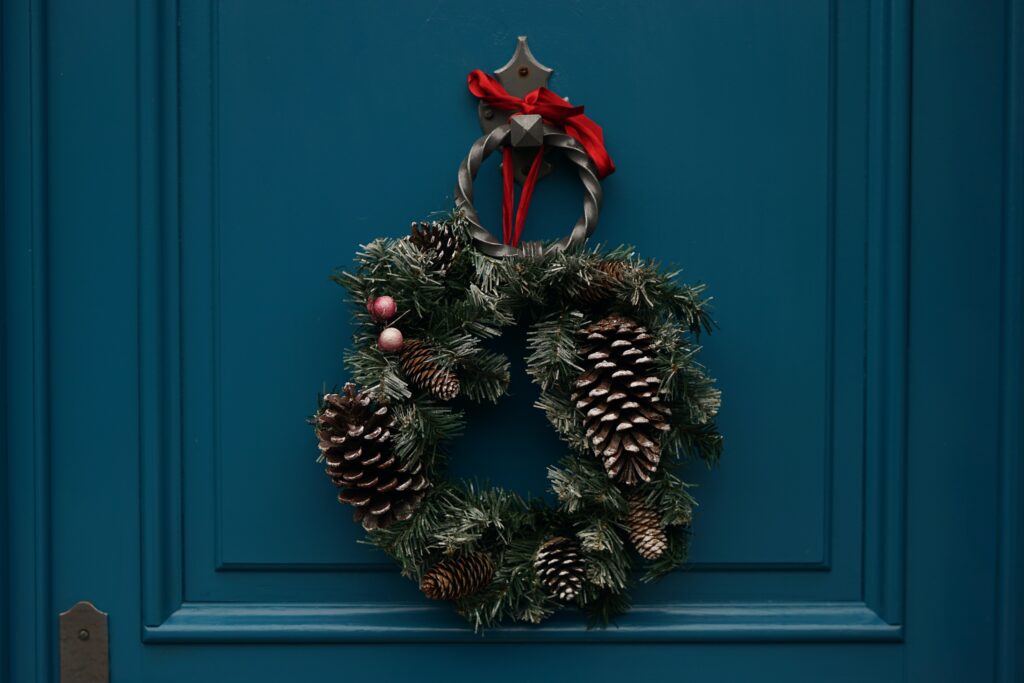
Flora and Fauna
Unique ecosystems
Christmas Island is renowned for its unique and diverse ecosystems, both on land and in the surrounding ocean. The island’s rainforests are home to an astonishing variety of plant species, many of which are found nowhere else in the world. The dense vegetation provides a habitat for numerous animal species, including endemic reptiles, birds, and insects.
Endemic species
Among the fascinating endemic species on Christmas Island is the Christmas Island red crab, known for its mass migration that occurs each year. Millions of crabs leave the forest and make their way to the coast, creating a breathtaking spectacle. The island is also home to the Christmas Island frigatebird, a magnificent seabird known for its distinct appearance and remarkable aerial displays.
Migration
Annual red crab migration
The annual red crab migration is one of the most incredible natural events witnessed on Christmas Island. Each year, usually during the wet season, millions of red crabs simultaneously move from the forests to the coastline to mate and spawn. This extraordinary journey covers distances of several kilometers, with the crabs overcoming numerous obstacles along the way. Witnessing this migration is a truly awe-inspiring experience that draws visitors from all over the world.
Bird migration
Apart from the red crab migration, Christmas Island is also a hotspot for bird migration. The island serves as a resting place and nesting ground for a wide range of migratory birds, including species from as far away as Siberia and Alaska. The diverse habitats on the island offer rich food sources and suitable breeding conditions, making it a vital stopover point for these remarkable avian travelers.

Human Population
Indigenous people
Christmas Island is historically inhabited by indigenous peoples, primarily of Malay and Chinese descent. The Puluqese, who originated from Java, were among the early settlers on the island. Their rich cultural heritage and traditional customs have had a significant influence on the island’s identity and cultural practices.
Settlement and current population
In recent centuries, Christmas Island has experienced waves of immigration due to its rich phosphate deposits. People from various Asian countries, such as China and Malaysia, came to work in the phosphate mining industry. Today, the island’s population has a multicultural makeup, with a blend of different ethnic backgrounds contributing to the vibrant community. The current population stands at around 1,500 residents, with vibrant communities living in settlements across the island.
Economy
Phosphate mining
Phosphate mining has been the backbone of Christmas Island’s economy for decades. The island is home to extensive phosphate reserves, which are extracted and processed for use in agriculture and industrial applications. This industry has brought economic stability and employment opportunities to the island’s inhabitants, attracting a diverse labor force.
Tourism
Tourism has emerged as a growing sector, attracting visitors eager to explore the island’s natural wonders and unique biodiversity. The remarkable landscapes, including rainforests, stunning beaches, and vibrant coral reefs, draw nature enthusiasts, divers, and adventurers from around the globe. The opportunity to witness extraordinary events like the red crab migration and explore the island’s rich history and culture make Christmas Island an appealing destination for those seeking an off-the-beaten-path experience.
Fishing
Fishing is an important activity for both the local population and tourists visiting Christmas Island. The surrounding ocean offers abundant marine life, making it an attractive spot for recreational fishing. Visitors can indulge in various fishing activities, including deep-sea fishing, fly fishing, and shore fishing, providing a memorable experience in this untouched marine paradise.
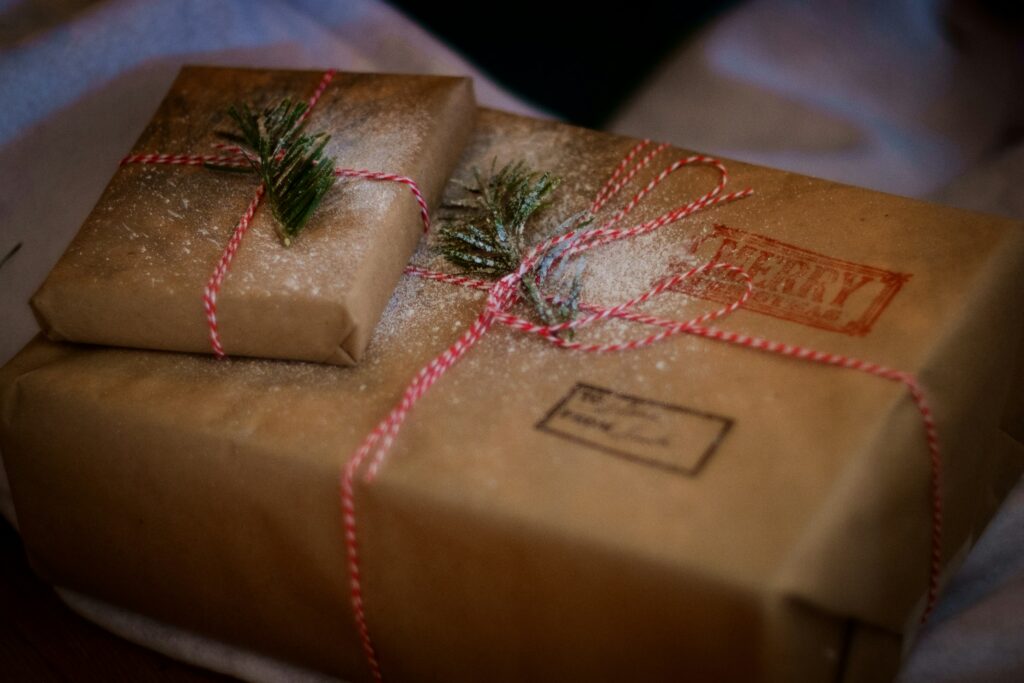
Culture
Festivals and celebrations
Christmas Island celebrates its multicultural heritage through various festivals and celebrations. The Lunar New Year is an important event, marked by vibrant parades, traditional performances, and mouthwatering food stalls. The Islander Day, on the last Monday of October, showcases the island’s vibrant cultural diversity through art, music, dance, and culinary delights. These celebrations offer visitors a chance to immerse themselves in the warmth and vibrancy of Christmas Island’s cultural traditions.
Traditional customs
The indigenous and immigrant communities on Christmas Island have preserved their traditional customs and practices, contributing to the island’s rich cultural tapestry. Traditional dance performances, handicrafts, and culinary traditions are cherished and passed down through generations. Visitors have the opportunity to engage with locals, learn about their customs, and witness firsthand the living traditions that make Christmas Island a truly unique destination.
Environmental Issues
Conservation efforts
Recognizing the need to protect its unique ecosystems and biodiversity, Christmas Island has implemented significant conservation efforts. The island boasts an extensive network of national parks and protected reserves, safeguarding fragile habitats and endemic species. Local and international organizations collaborate to monitor and preserve the island’s natural resources, ensuring a sustainable future for generations to come.
Marine pollution
Despite ongoing conservation efforts, Christmas Island faces challenges related to marine pollution. Plastic debris and pollution from neighboring countries threaten the island’s pristine coral reefs and marine life. Education programs and initiatives are in place to raise awareness about the importance of responsible waste management and sustainable practices, ensuring the preservation of the island’s marine ecosystems.
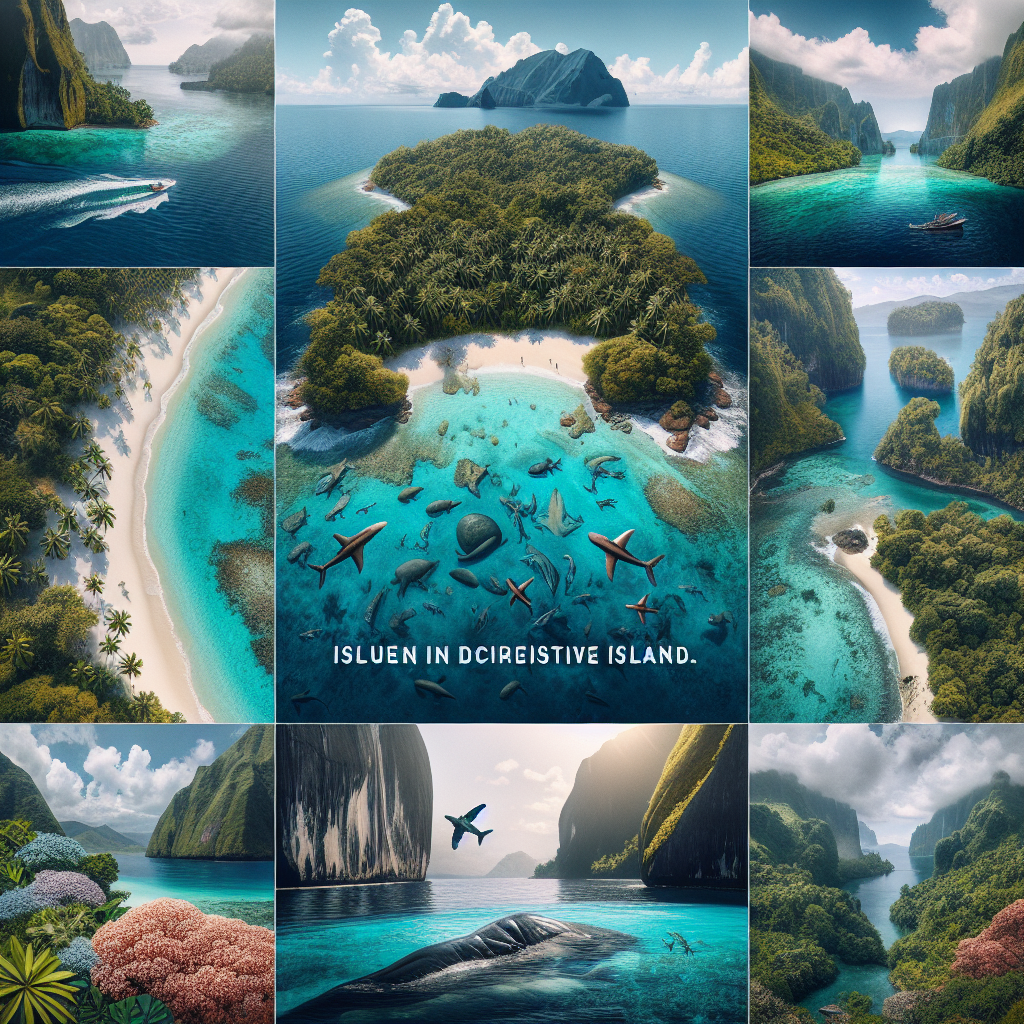
Tourism and Attractions
Beaches
Christmas Island boasts exquisite beaches that captivate visitors with their untouched beauty. Flying Fish Cove is the main beach, offering stunning views and calm waters ideal for swimming and snorkeling. Dolly Beach, Greta Beach, and Ethel Beach are other idyllic spots where visitors can relax, sunbathe, and enjoy the serenity of the island’s coastline.
Diving and snorkeling
The crystal-clear waters surrounding Christmas Island constitute a paradise for diving and snorkeling enthusiasts. The island’s coral reefs teem with vibrant marine life, including tropical fish, sea turtles, and colorful corals. Numerous diving spots cater to divers of all skill levels, offering a chance to explore breathtaking underwater landscapes and encounter diverse and fascinating sea creatures.
National Park
The Christmas Island National Park is a must-visit for nature lovers. The park covers a significant portion of the island’s central plateau and encompasses unique ecosystems, rainforests, and impressive limestone formations. Visitors can embark on guided hikes, discovering rare flora and fauna, spotting endemic bird species, and marveling at panoramic views from elevated lookout points. The park’s diverse landscapes and well-marked trails make it an ideal destination for outdoor enthusiasts seeking adventure and exploration.
Conclusion
Christmas Island, a treasure nestled in the Indian Ocean, is a destination that captivates the imagination and ignites a sense of wonder. From its stunning landscapes and unique ecosystems to its rich history and vibrant culture, the island offers a truly immersive and unforgettable experience. Whether it’s witnessing the famous red crab migration, diving into the depths of its pristine waters, or exploring the dense rainforests, Christmas Island is a haven for those seeking a once-in-a-lifetime adventure. Embrace the warmth and hospitality of its multicultural communities, and embark on a journey that will leave you with lasting memories of this extraordinary paradise.
